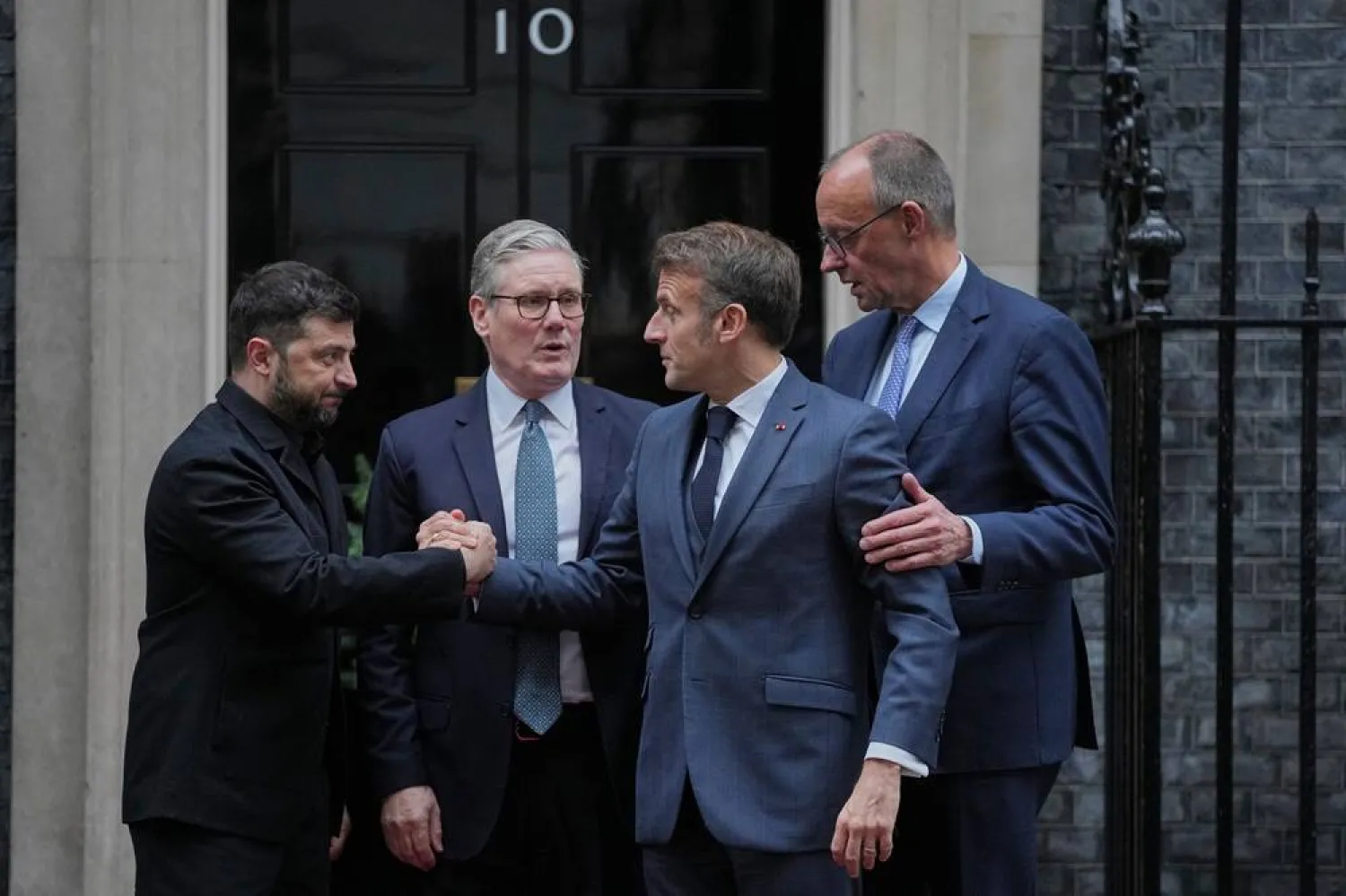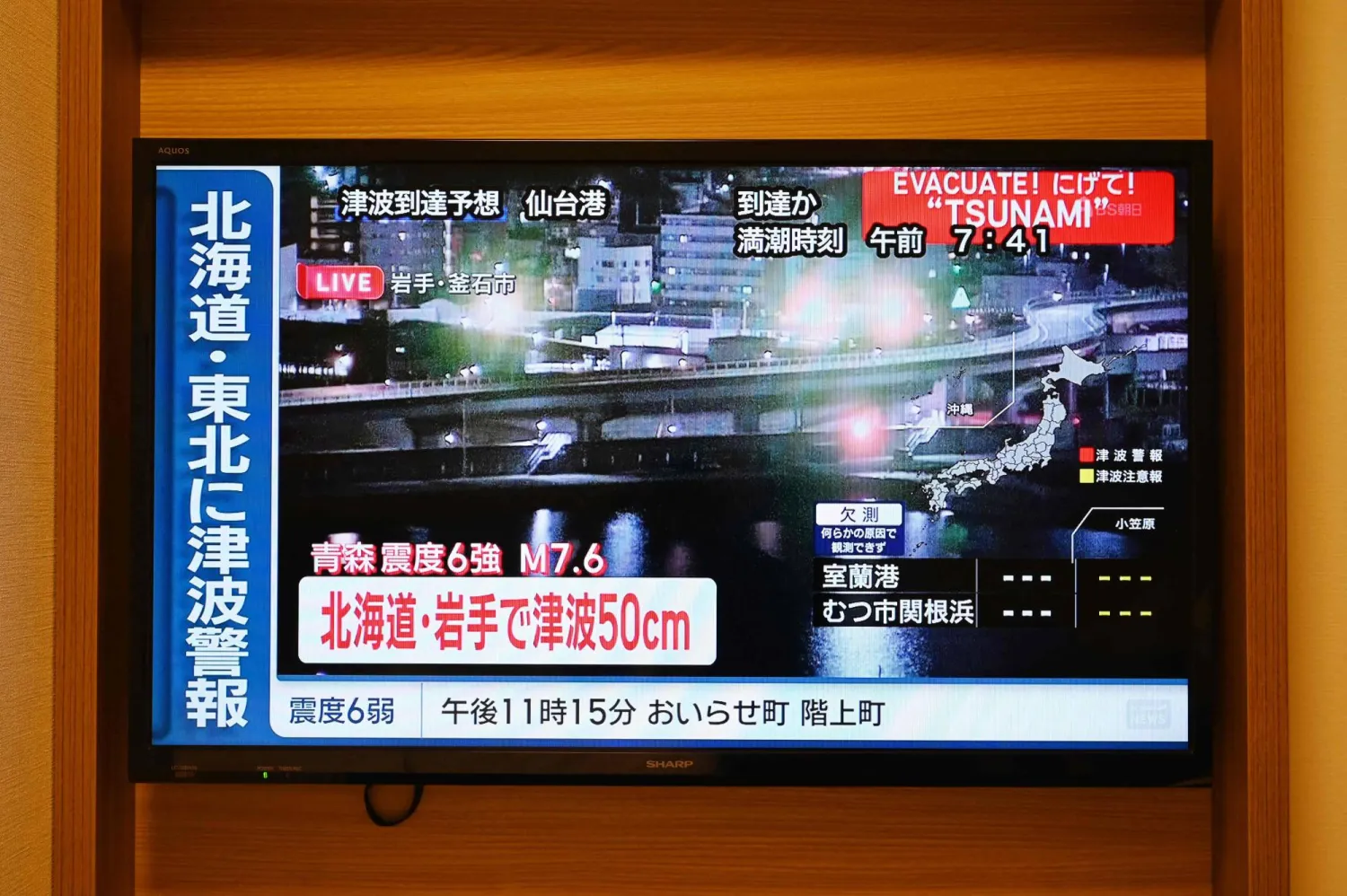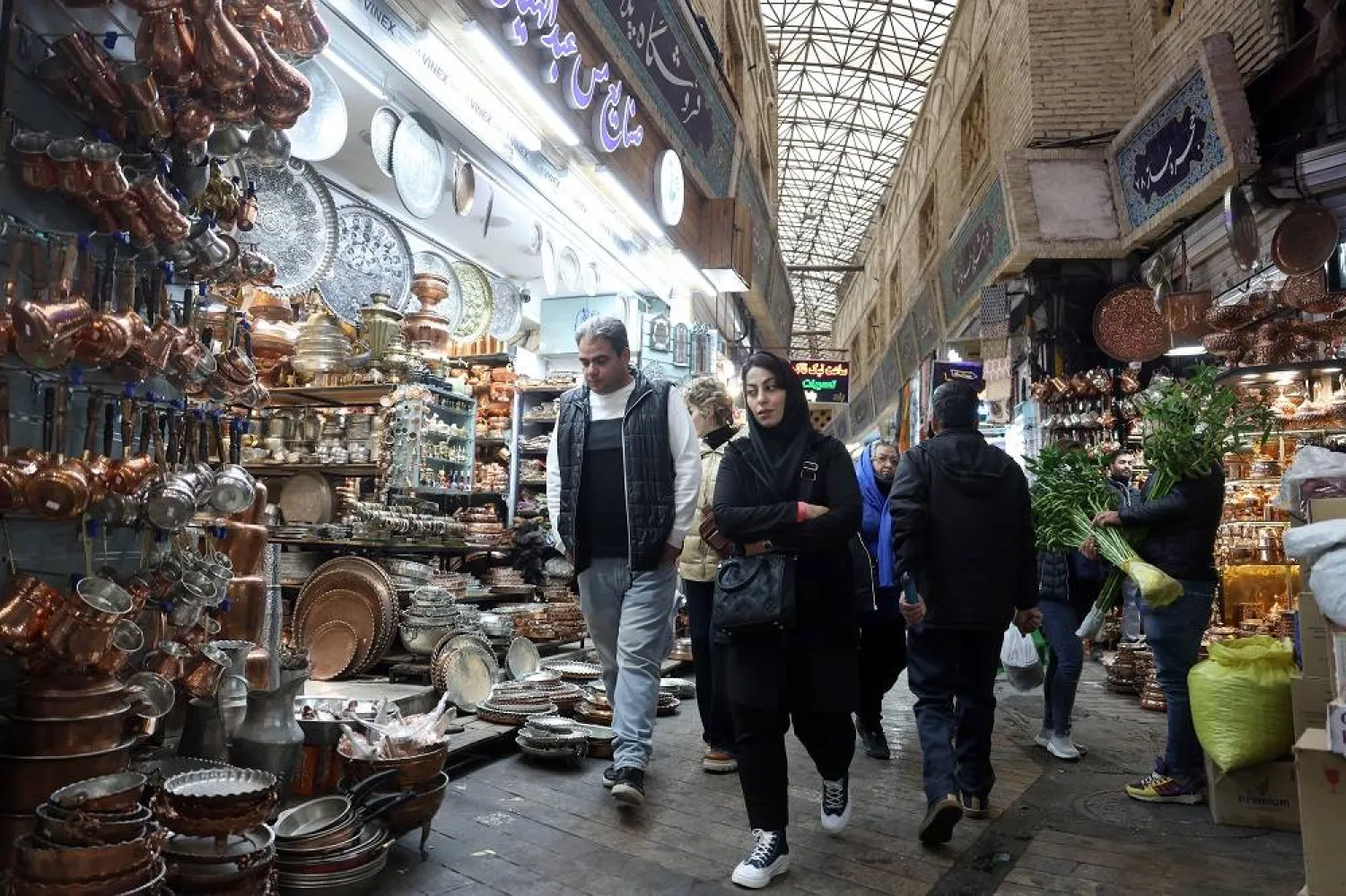A senior member of Iran’s Revolutionary Guard colonel Sayyad Khodai was killed outside his home in Tehran on May 22 by unidentified gunmen on a motorbike.
In Iran, thousands grieved for Khodai and held his funeral procession, where he was remembered as a hero for fighting ISIS.
However, Israeli media focused on Khodai’s role in planning a series of terror operations against Israeli diplomats in India and Thailand. Khodai also conspired for kidnapping Israelis abroad.
For its part, Tehran blamed Israel for being behind Khodai’s assassination and vowed retaliation.
Khodai was one of seven Iranian officials and scholars who appear to have been killed since late May, but his death was the only one that Iran has officially recognized as an assassination carried out by Israel.
There is little doubt among US, Iranian and Israeli analysts and former security officials that the assassination is part of a clandestine shadow war between the two rival countries.
Nearly all the Iranians who died recently—a geologist, two engineers, and two members of the Revolutionary Guards' space unit—appear to be linked to either Iran's nuclear facilities or the military infrastructure that Tehran uses to employ its proxies.
“Israel never acknowledges that it has acted to kill Iranians, but it is typically assumed that the Israelis have been responsible for a number of killings and attacks,” Dennis Ross, a Middle East negotiator who has worked for several US presidents, told Foreign Policy.
“That is certainly the case with the killing of officials linked to the Revolutionary Guards or scientists driving the Iranian nuclear program.”
Yet while Israel has, according to analysts, upped the ante of shadow warfare with Iran through its spike in alleged assassinations, Iranian officials appear to be underplaying the killings.
For instance, a week after Khodai’s death, Ayoob Entezari, an aerospace engineer who worked on missile-related projects at an IRGC-run research and development center in the Iranian city of Yazd, fell sick and died after returning from a dinner party, the New York Times reported.
The host of the party has since vanished. In 2019, Khodaei was photographed with then-Iranian President Hassan Rouhani, indicating he may have been an important cog in Iran’s defense machinery.
At first, a governor called Entezari “a martyr” while a city council member described his killing as a case of “biological terror.” But officials later backtracked, saying labeling Entezari a martyr was an error.
They also claimed he was not an aerospace engineer, as reports indicate, but rather an ordinary employee.
When Foreign Policy asked an Iranian analyst believed to be close to the government about the recent killings, the analyst feigned ignorance and responded with texts like “Who are they?” and suggestions that a colonel is not a very senior rank.
US and Israeli analysts believe Tehran responded this way because it was embarrassed and saw the killings as an intelligence failure amid Israel’s escalation of covert warfare.
Farzin Nadimi, an associate fellow with the Washington Institute, told Foreign Policy that the recent killings, alongside attacks on Iranian military infrastructure and cyberattacks on state-owned services, “significantly damaged Iran’s perceived deterrence” and “showed Israel’s determination and freedom of action in Iran.”









